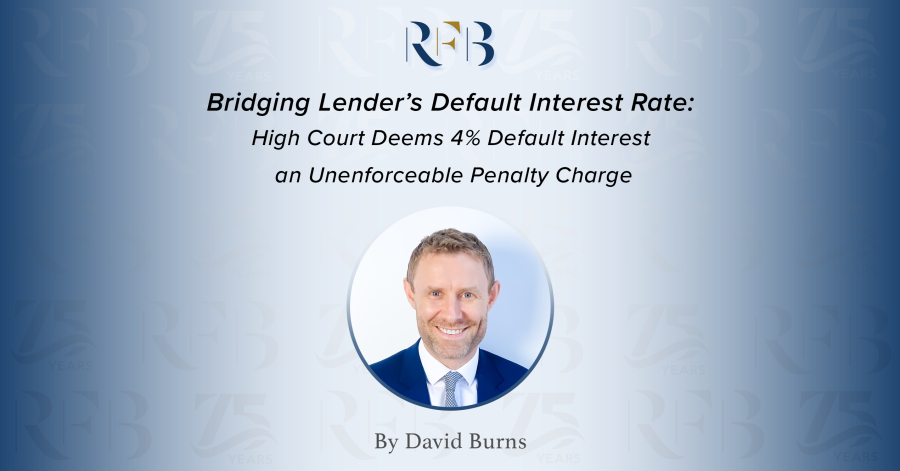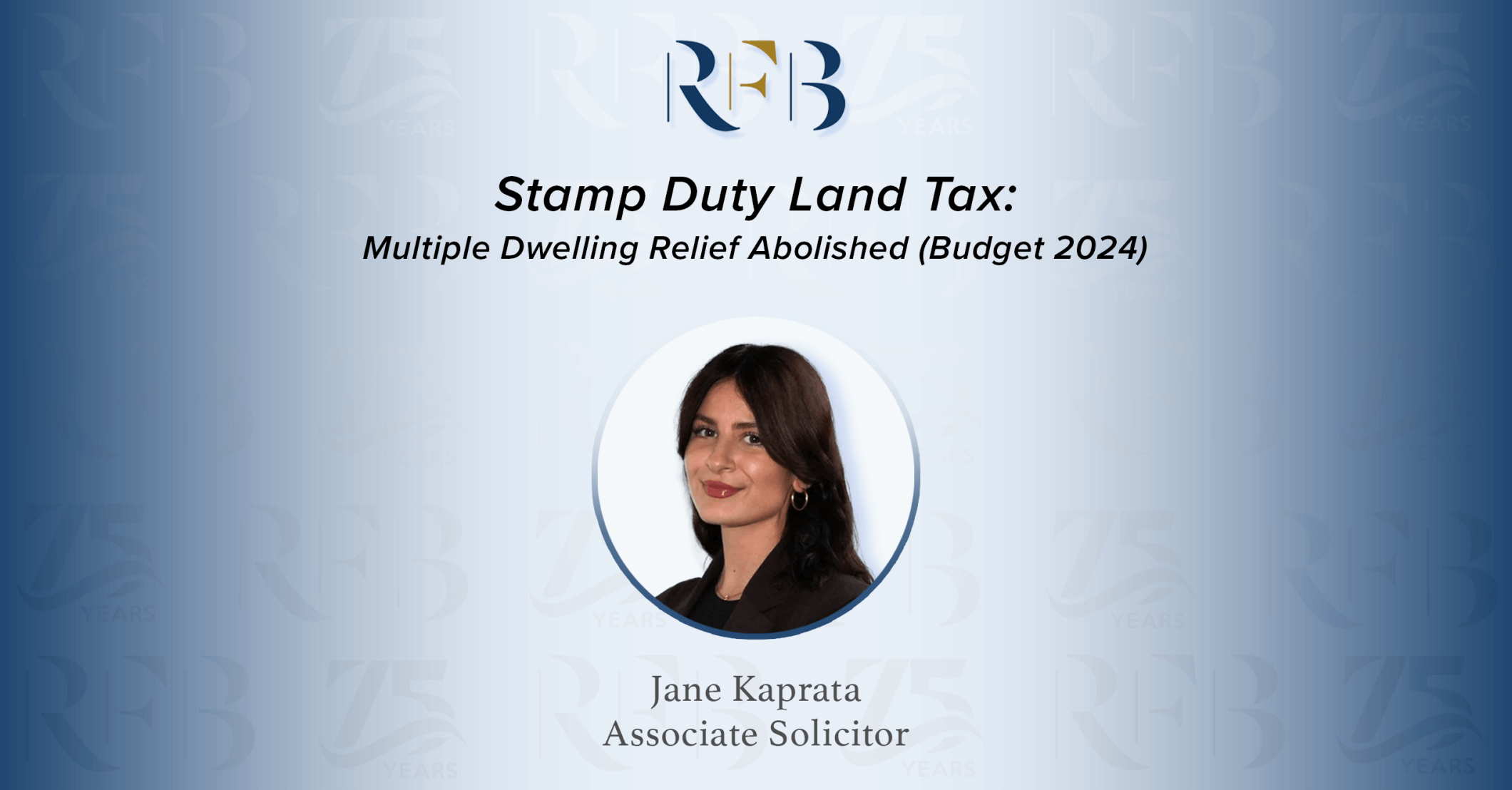Bridging finance is a popular short-term funding option for both individuals and businesses. However, understanding the benefits and risks associated with bridging loans is crucial. Our article examines the key features of bridging loans and potential issues that may arise.
What is a Bridging Loan?
A bridging loan is a short-term financial solution frequently utilised in real estate transactions, property development, and situations requiring quick access to funds. Bridging loans often act as a ‘bridge’ between the sale of an existing property and the purchase of a new one.
Key Features of Bridging Loans
- Short-Term Nature: Bridging loans typically have a duration of a few months to a year.
- Expedited Approval: Bridging lenders often provide quick approval and disbursement, making them optimal for urgent financial needs.
- Flexibility: Bridging loans offer versatility, accommodating various financial requirements, particularly those involving time-sensitive opportunities.
- Secured: Most bridging loans are secured against property or other assets, with lenders often requiring personal guarantees from borrowers.
- High-Interest Rates: Due to their short-term nature, interest rates are often higher compared to traditional mortgages.
Potential Challenges Associated with Bridging Loans
While bridging loans offer flexibility and quick access to funds, they entail risks for borrowers, including:
- Short Repayment Window/Redemption Difficulties
Redeeming a bridging loan can sometimes prove challenging due to its short-term nature. Borrowers must have a clear exit strategy in place to mitigate unexpected delays in property sales or refinancing, which could hinder timely repayment. If a bridging loan agreement has an unduly onerous redemption clause that makes it difficult for the borrower to repay, the borrower may have an equitable right to argue that the terms of the loan are unenforceable, amounting to a “clog on the equity of redemption”.
- Default Interest
Bridging loan agreements often incorporate provisions outlining consequences if the borrower fails to adhere to specific terms. These provisions typically set out additional interest charges and accelerated repayment requirements where the borrower defaults. While intended to safeguard the lender’s interests in case of breach, default interest clauses should be tailored to each transaction and proportional to the risks faced by the lender in a default situation.
- Negative Equity Risk
Fluctuations in property value during the bridging loan term can lead to negative equity, where the outstanding loan amount surpasses the property’s value. This situation may result in financial difficulties for the borrower.
- Enforcement of Personal Guarantees
In instances where the borrower has defaulted on payment obligations or failed to adhere to the terms of the bridging loan, bridging lenders often pursue guarantors for any losses which have accrued. Disputes often arise regarding the enforceability of guarantees, with borrowers or guarantors citing grounds such as undue influence, unconscionable bargain, or misrepresentation. Alternatively, guarantors may argue discharge from liability under the guarantee due to actions taken by the lender.
Bridging Loan Solicitors: Contact Us
David Burns, RFB’s Senior Litigation Partner, boasts extensive experience in handling disputes related to bridging loans. For inquiries on this topic, please reach out to David Burns via email at D.Burns@rfblegal.co.uk or by phone at 07762318409.






